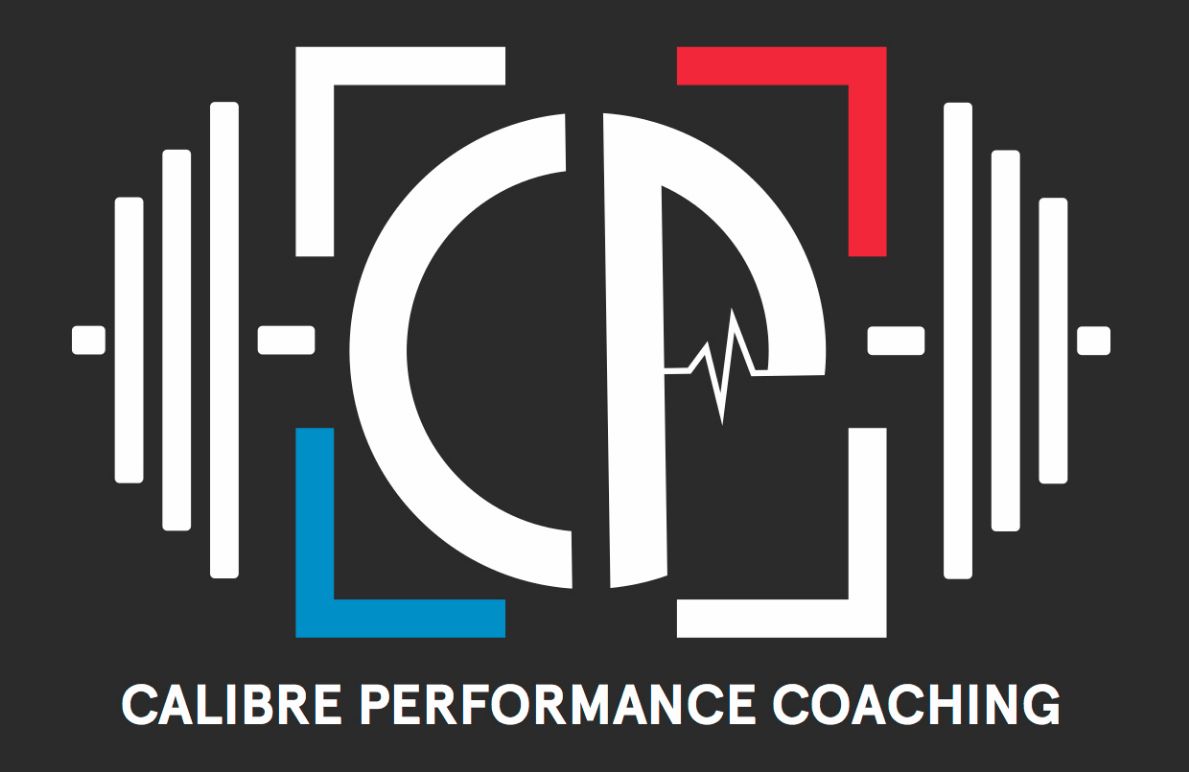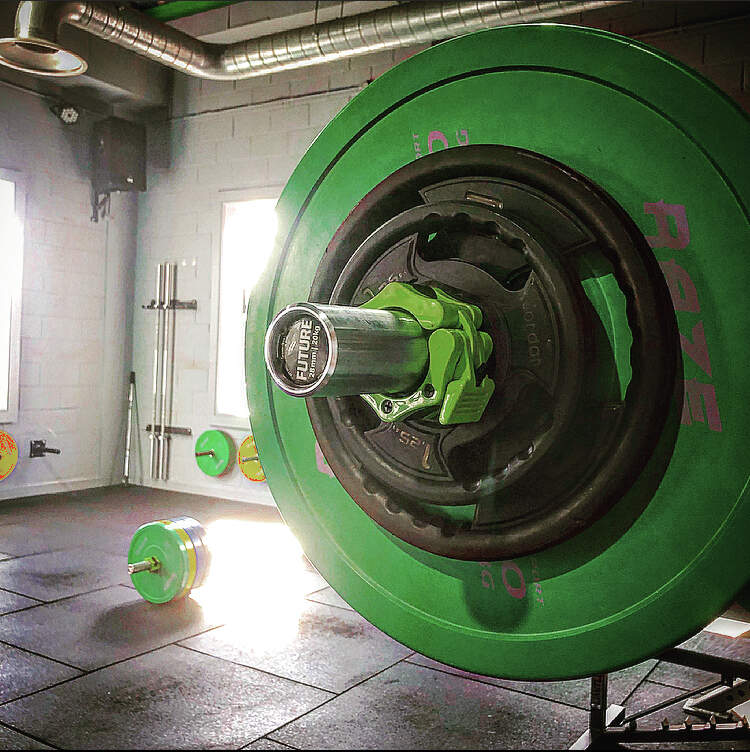Progressive Overload
-
This concept is where we continually increase the stress or demands on the body in order to continually yield adaptations in the form of gains in muscle size, strength and endurance. These adaptations develop in response to the specific imposed demands placed on the body through our training.
-
If you are not implementing appropriate progressive overload on an exercise done repeatedly over a period of time, you are not going to optimally yield the desired outcome of performing the exercise in the first place. This is where having an effective programme designed to meet your specific needs is vital.
-
We can create Progressive Overload in several ways, here are some:
- Increase Resistance (most often by adding weight)
- Increase Repetitions
- Increase Sets
- Increase Frequency
- Increase Number of Exercises on a muscle
- Decrease Rest Time (Increase Density of workout)
- Use an intensity technique (such as pause reps)
-
The two most common methods of progressive overload tend to be by increasing the Volume Load on the muscle through adding weight (increasing resistance) to the same rep range or adding reps or sets (Increasing Volume)
-
Peterson et al 2011 shows us that increasing Volume Load increases Maximal Strength “Progression of Volume Load was strongly associated with changes in 1RM strength improvement for both males and females”
-
If you are not following a programme and implementing this basic principle in your training, you would be well advised to hire a professional to help you.
-
Reference
Peterson, M.D., Pistilli, E., Haff, G.G. et al. Progression of volume load and muscular adaptation during resistance exercise. Eur J Appl Physiol 111, 1063–1071 (2011).
Check out our Strength & Conditioning Gym in Redditch https://www.athenaperformance.co.uk

